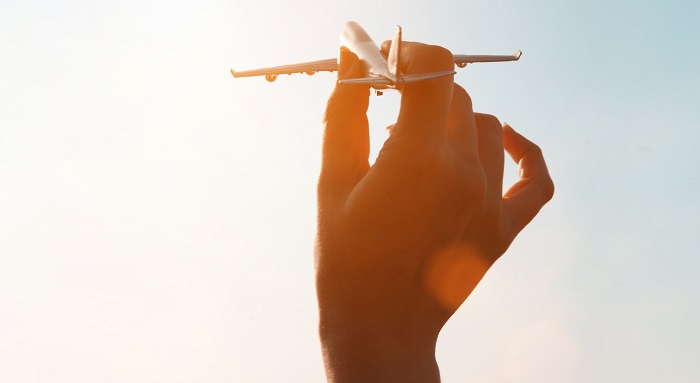Is your aircraft maintenance program commercially effective?
Technical reliability & the commercial argument.
Sofema Aviation Services is very pleased to introduce our Guest Blogger and Senior Reliability Trainer Rustom D. Sutaria of Avia Intelligence, whose depth and breadth of experience is drawn on to bring you the following article.
Regulations require the aircraft operator to possess and remain in control of an effective aircraft maintenance programme.
This is mainly due to regulatory requirements; however, aircraft maintenance programme effectiveness is not just about box-ticking and compliance, but more so with safety performance and ensuring that the maintenance carried out on an aircraft is timely and remains effective in terms of continuing airworthiness, whilst also maintaining those much needed operational requirements, not least profitability.
Therefore, it stands to reason that effective reliability oversight has as much to do with operational needs & profitability, as it does with airworthiness compliance and optimized safety. The next time you review your aircraft maintenance programme, ask yourself, does your AMP work at every level for the current safety, airworthiness and commercial needs in terms of expected or actual reliability of your aircraft?
It is an established fact, that aircraft maintenance takes-up the lion’s share of an operator’s revenue, not least, this lion take a big juicy bite out of the operator’s profitability. Reliability, although part and parcel of the operator’s oversight of its aircraft, tend to view aircraft maintenance reliability more as an encumbrance, and frequently fail to appreciate that reliability, if well controlled can and usually is an asset to aircraft engineering & maintenance activities.
Not least, Reliability helps the operator work towards an optimized and above all safe AMP that remains compliant and cost effective.
Optimizing the Strengths – Minimizing the weaknesses.
Aircraft maintenance reliability (like safety), demonstrates through predictive means where the
weaknesses lie or are likely to lie in an aircraft maintenance programme. The idea being, to alert operator’s to impending reliability & safety conditions through experimentation & monitoring, re- enforcement of aircraft maintenance programme effectiveness by strengthening the AMP either in terms of more effective maintenance or the use of better components and other more reliable products, or to remove reliability identified in-effectivities altogether. Finally, reliability also allows for performance based decision-making that facilitates de-escalation of individual task cards to less frequent maintenance activity with proportionate maintenance cost savings.
In other words, reliability techniques in terms of analysis and reporting not only identifies lack of maintenance programme effectiveness, but also tells the operator where to look, and provides insight as to what to do about issues, whilst also potentially saving money. All-in- all, reliability introduces a financial & operational ‘win-win’.
Overall indication of Aircraft Technical Health
Let’s face it, a reliable aircraft is technically healthy. However, the real benefit of technical health is usually measured in terms of operational availability. The more an aircraft is technically available in terms of reliability, the greater the value of it operationally.
Any CEO will tell you that reliability and operational readiness are of key importance. Again, in simple terms, aircraft reliability equates to operational availability & readiness, which also equates to excellent reputation for on-time departures.
In closing, reliability, although seen as an encumbrance, is fundamental, not only to enhance and optimized compliance both in terms of safety and airworthiness, but also, has incalculable
benefits in terms of commercial & operational needs and requirements, which far out strip the costs and inconveniences of operating and maintaining such a system in the long-run.
No Chief Engineer or Engineering Director would pass up the chance of improving their operating margins, not least contribute to the return of greater profit or savings to their shareholders.
Reliability not only enhances airworthiness & safety, but also saves money and contributes to the bottom line.
If you would like to arrange an EASA Compliant Reliability Training Course please email: office@sassofia.com or see www.sassofia.com for more details of how SAS may help you.




